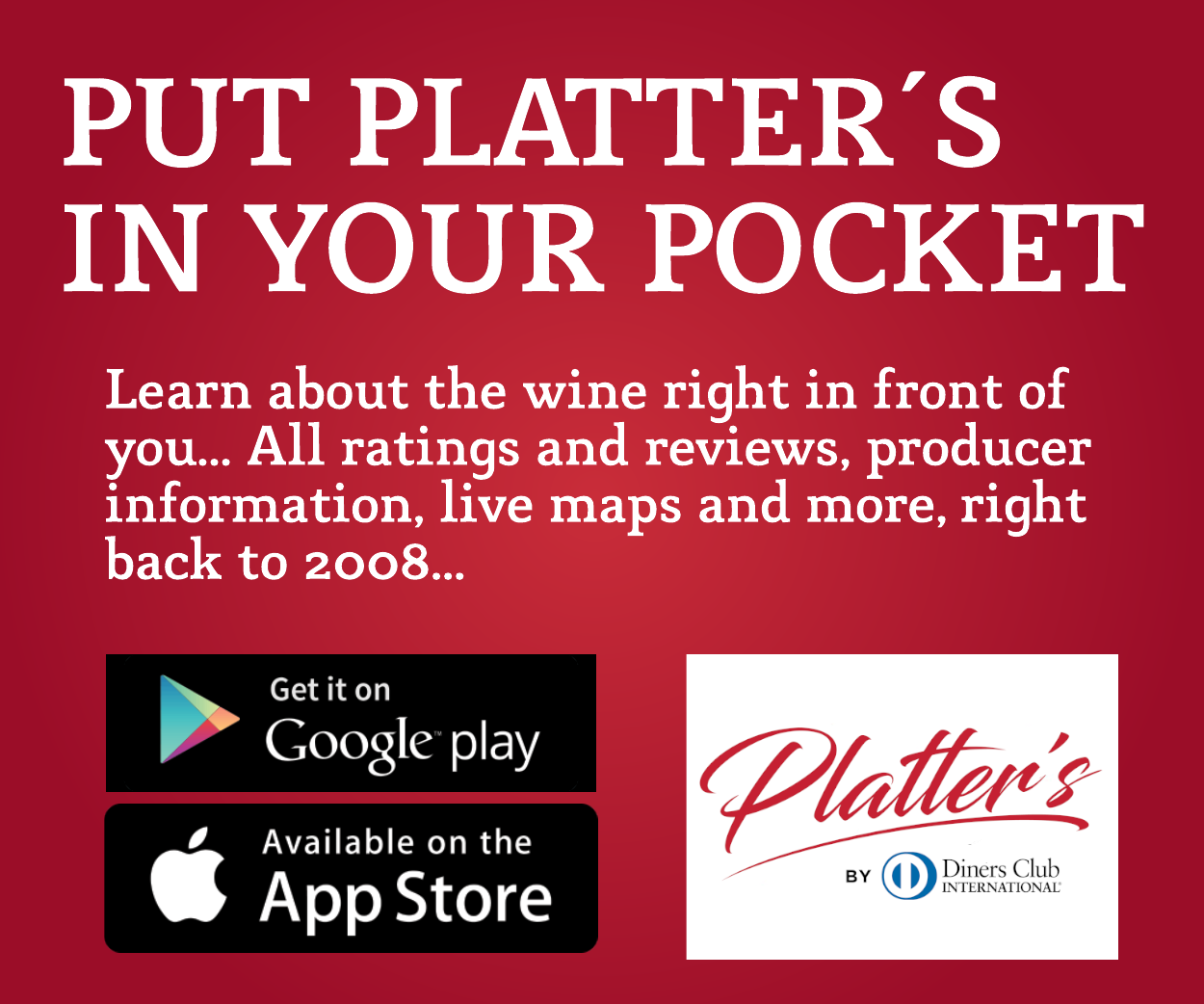"Tap US market" urges UK wine authority Jancis Robinson
Topics: biodynamic, Cape Town International Convention Centre, Jancis Robinson, Nedbank VinPro Information Day, organic, Oxford Companion to Wine, South Africa, South African wine, wine
Internationally authoritative UK winewriter and author Jancis Robinson has urged South African producers to tap the US wine market, which recently overtook France as the world’s largest and is now estimated at 2.9-billion litres a year.
Robinson was addressing leading local wine industry players on world wine trends at the 10th annual Nedbank VinPro Information Day at the Cape Town International Convention Centre.
“While you can still be reasonably confident of the UK [traditionally SA’s main export market], my theory is that SA still hasn’t made the most of the United States; it’s potentially huge for SA wine.
“Wine is ‘hot’ in the US right now. And it’s a young market, with consumers eager to explore new wines, interested in novelties, sharing information on what they’re drinking, and using various online and mobile phone technologies such as label scanning and cellar tracking.”
And with China burgeoning as a wine market – the country is the world’s fifth-biggest wine consumer as well as a growing wine producer – Robinson also reminded delegates “not to under-estimate the growing sophistication in taste and wine knowledge” of the Chinese.
IDENTIFYING INTERNATIONAL TRENDS
While expressing caution about attempting to identify international trends, Robinson said she had picked up “common threads” in a world of wine that had become “quite homogenous” as perceived on her wine travels and research as editor of the celebrated, comprehensive Oxford Companion to Wine (the fourth edition of which is due out in September this year).
“I can therefore offer a summary saying that, overall, there is a worldwide trend towards and interest in lighter, fresher, less-oaked wines and indigenous grape varieties”. This, she said, was also evident during her trip to the SA winelands, which she had last visited seven years ago.
Regarding soils and their relation to wine flavour, she described a “holy war between soil scientists and wine commentators” over whether a specific soil type’s geological characteristics can be directly picked up in a wine’s flavour profile, with no clear winner emerging from the debate.
A worldwide trend in grape varieties is the move away from the French classics such as chardonnay, merlot and cabernet sauvignon towards emphasis by growers in countries such as Italy, Spain and Portugal on indigenous varieties. This is accompanied by a burgeoning interest among young winemakers to “recuperate heritage varieties” by nurturing old vines endemic to their region.
While emphasising that it should not necessarily influence local planting, she noted that fashionable mass-market varieties wordwide include pinot grigio/gris, moscato/muscat (for its hint of sweetness) and sauvignon blanc (for its freshness), while chardonnay “does not seem to be offered much any more”.
WINES THAT EXPRESS SPECIFIC AREA OF ORIGIN
In viticulture, there is a clear desire for wines that express specific area of origin or geography, with a move to single-vineyard wines and organic or biodynamic production. Robinson encouraged continued organic certification, no matter how onerous, expensive or risky for producers who could be “de-listed” if adverse seasonal weather conditions affected a vintage.
As for wine styles, the rosé “fad” had stabilised; the trend was towards reds that were softer and lighter in colour and mouthfeel without compromising complexity and quality; the erstwhile “flight to red” may be seeing a turn-around back to white wines; and “fizz” in the form of Italy’s prosecco and Spain’s cava was breaking champagne’s stranglehold. As an offshoot, there's a developing taste for pétillant naturel wines: “a little sweeter, with a bit of a fizz”.
Robinson reiterated throughout that, irrespective of trends in wine styles or consumer tastes, whatever appeared in the bottle “always has to be good to drink”.

